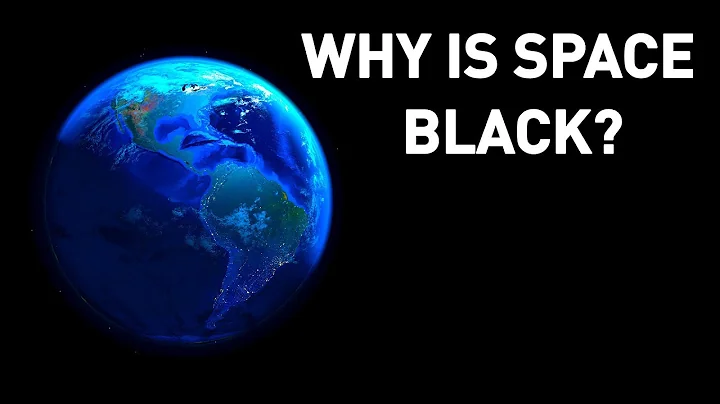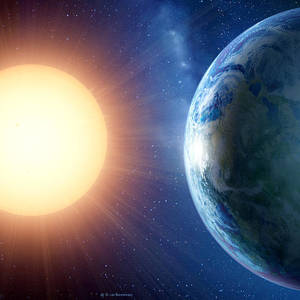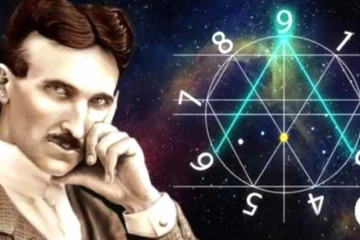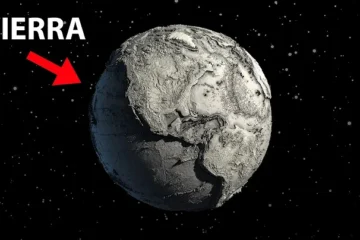Why doesn’t the Sun illuminate Space?

The Sun is a very large star. It is so big that if we put it in the center of planet Earth its surface would reach Mexico or Peru depending on how it is measured!
It also produces a lot of light because it is very hot. Despite this, it does not illuminate the entire surrounding space for mathematical and physical reasons. To understand them, let’s imagine someone walking along the beach with a flashlight. When you press the button, the light that goes forward can also travel backwards.

But imagine someone calls you from a far away island telling you that they need help but you can only see what is next to you! In this case you might think «What is behind that person?» and you are probably correct, but the full answer would take much longer. The light from your flashlight radiates in all directions, as does the sound when you call someone. These two cases are similar, although they differ in something important: the speed of propagation. While light travels at about 299,705 kilometers per second (an impressive number), sound has an average speed of only 343 meters per second. For this reason, people who are close to you can hear you before those who are far away.
Returning to the Sun and its problem to illuminate Space, we have that its light takes several minutes to get here thanks to the distance between our solar system and the closest planets. Before it can detect itself, it must cover an enormous amount of dark matter, interstellar dust, and other tiny particles that diffuse all light in its path. In fact, even within the Earth itself there are materials that absorb and scatter some of this energy.
This phenomenon, known as luminosity quenching (more technically called absorbing the sun’s rays) is quite complicated to explain of course, but we can simulate it with something called a liquid fire extinguisher. If you have never used one of these useful objects you must try them. It consists of a transparent container where water and dyes are mixed; some have an opaque effect while others are transparent. As in a turbid medium, these droplets of dye dissociate and separate from the rest of the water as it passes through them, leaving it clean and toneless. However, when the stirred waters come back together it will once again form a uniform tint.
As in all turbulent fluids, there are more turbid and intense areas and less turbid and inert ones, depending on many factors. However, difficulties will be reabsorbed again, making it possible to recover it as it was originally. Likewise, the brightest star in the firmament does not lose its photons individually, but they are dispersed through interaction with the things it finds in its path.
The same particles that decompose organic bodies after death are also found outside them, and the putrefactive process continues forever.
In conclusion, the Sun cannot illuminate the entire Space due to both natural and artificial factors that affect its visibility and light emission. In addition, some non-absorbent particles that tend to dissipate and decompose contribute significantly to the process, leaving the closest star to us blank.



0 comentarios